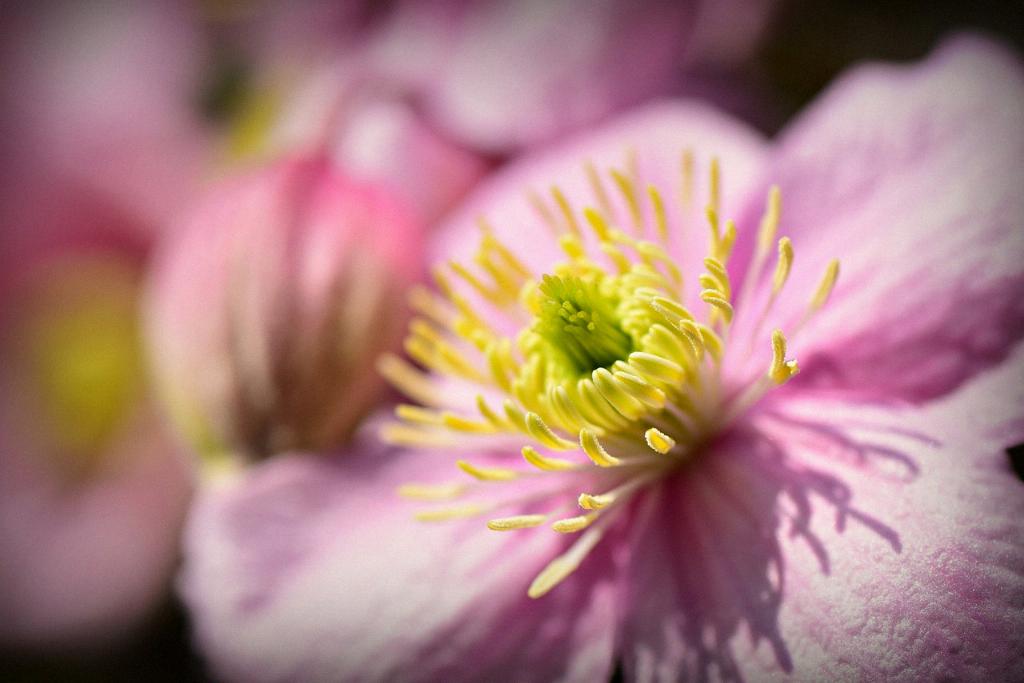Pruning clematis is a crucial task to ensure the health and vibrancy of these beautiful flowering vines. Following a few simple guidelines can help you maintain a flourishing clematis garden that delights the eye and enhances your outdoor space.
Timing of Pruning
It is recommended to prune clematis in late winter when the plant is dormant. This period allows the plant to focus its energy on new growth once the pruning is complete. Making precise cuts at this time sets the stage for a bountiful display of flowers in the upcoming growing season.
Pruning Technique
When pruning clematis, aim to cut the plant back to a height of about 30-45cm from the ground. This practice helps remove dead or weak growth and promotes the development of vigorous new shoots. Cutting just above a healthy new bud encourages branching and ensures a fuller plant structure.
Consider Growth Patterns
Observe the growth habit of your clematis plant before pruning. For more vigorous varieties, consider leaving one or two stems unpruned. This approach allows for flowers at different heights, creating a dynamic and visually appealing display in your garden.
Regular Maintenance
Regular pruning is essential for clematis plants to thrive. By staying on top of maintenance tasks, you can prevent overcrowding and ensure that the plant receives adequate sunlight and airflow. Healthy clematis plants are more resistant to diseases and pests, enhancing their longevity in your garden.
Tools for Pruning
Invest in high-quality pruning tools specifically designed for cutting woody stems. Sharp and clean cuts promote faster healing and reduce the risk of introducing infections to the plant. Keep your tools well-maintained and sanitized to prevent the spread of diseases among your clematis collection.
Training and Support
Consider providing support structures for your clematis to climb and thrive. Whether using trellises, arbors, or fences, offering a framework for the vine to cling to encourages upward growth and showcases the plant’s graceful beauty. Regular pruning helps maintain the plant’s shape and prevents it from overwhelming its support system.
Pruning for Shape and Size
Adjust the pruning intensity based on your desired outcome for the clematis plant. Cutting back more heavily can control the size of the vine and promote denser growth, while lighter pruning allows for a more natural and sprawling appearance. Tailor your pruning approach to achieve the aesthetic you envision for your garden.
Pruning After Flowering
Some clematis varieties bloom on old wood, meaning they produce flowers on the previous season’s growth. After these types of clematis have finished blooming, you can prune them to shape and control their size. Be cautious not to cut off buds that will yield next year’s flowers.
Revitalizing Overgrown Clematis
If you have neglected pruning your clematis and it has become overgrown or tangled, don’t fret. With a systematic approach to pruning over the course of several seasons, you can rejuvenate the plant and restore its health and vigor. Gradual selective pruning helps the clematis recover without causing shock or compromising its future growth.
Consulting Expert Advice
If you encounter challenges or uncertainties while pruning your clematis, don’t hesitate to seek guidance from gardening experts or local nurseries. Professional advice tailored to your specific clematis variety and growing conditions can provide valuable insights and ensure successful pruning practices.
Enjoying the Fruits of Your Labor
After diligently pruning your clematis and nurturing it throughout the growing season, step back and admire the results of your efforts. A well-pruned clematis plant rewards you with a profusion of colorful blooms, enriching your garden with elegance and charm. Revel in the beauty of your flourishing clematis and celebrate the joy it brings to your outdoor sanctuary.

